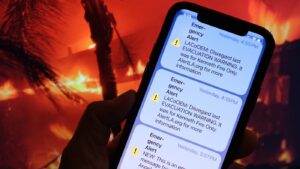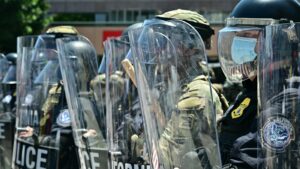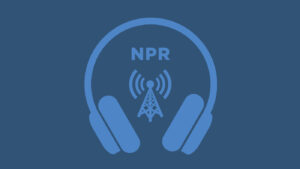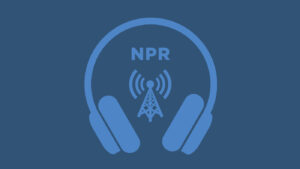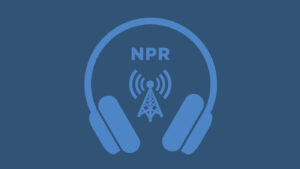President Trump’s Swift Overhaul of Federal Workforce Sparks Controversy
After re-assuming office, President Trump embarked on a rapid transformation of the federal government, aligning it closely with his vision. His administration’s aggressive approach has led to significant changes, including mass dismissals of federal employees and the abrupt termination of various programs.
Massive Firings and Program Terminations
Reports indicate that President Trump’s administration began implementing a series of orders, with a notable focus on reshaping the federal workforce. One of the immediate effects was the dismissal of tens of thousands of federal employees. Among those affected was a USDA employee, who spoke anonymously due to fears of workplace retribution.
The employee recounted receiving a templated email stating her termination was due to “poor performance,” a claim that contradicted her glowing performance reviews. Her work, which involved supporting nutrition and food security for mothers and children in developing countries, was abruptly halted. “It’s devastating,” she shared, highlighting the severe impact on families reliant on such programs.
Unitary Executive Theory and Supreme Court Ruling
The sweeping changes and dismissals have raised questions about the extent of presidential authority, drawing on the unitary executive theory. This theory, which grants the president significant unilateral power, gained traction through a Supreme Court ruling, Trump v. the United States, which granted former presidents immunity from prosecution for actions within their constitutional powers.
Amanda Hollis-Brusky, a politics professor at Pomona College, explained the theory’s roots in the Reagan administration, where efforts were made to restore presidential authority perceived to be weakened post-Watergate. The Federalist Society, founded by conservative law students, played a pivotal role in promoting these ideas within legal and judicial circles.
Legal Challenges and Future Implications
The legality of the mass terminations has been contested, with federal judges ordering the reinstatement of employees, including those at the USDA. However, the Trump administration is appealing these decisions, leaving affected workers in a state of uncertainty.
Kim Wehle, a constitutional law professor, expressed concern over the Supreme Court’s decision, arguing it placed the president above constitutional checks and balances. The immunity ruling is seen as emboldening President Trump to further test the limits of executive power, potentially diminishing the roles of other government branches.
As legal battles continue, the implications of these changes remain significant, with potential repercussions for the balance of power among the executive, legislative, and judicial branches. The unfolding events will likely influence the ongoing discourse on presidential authority and governance in the United States.

